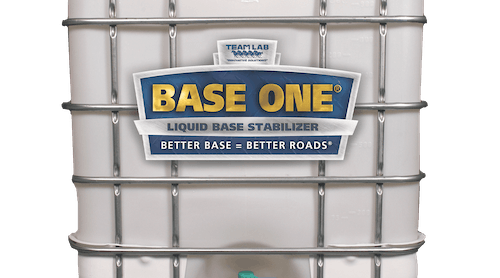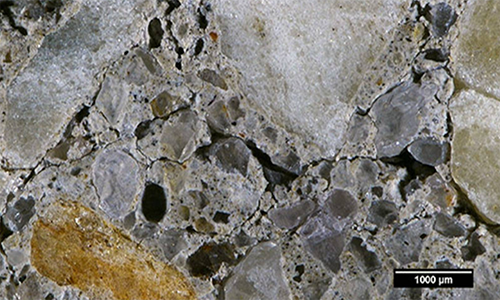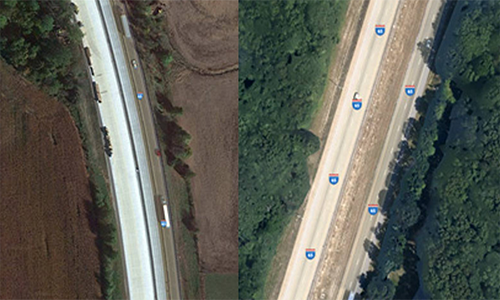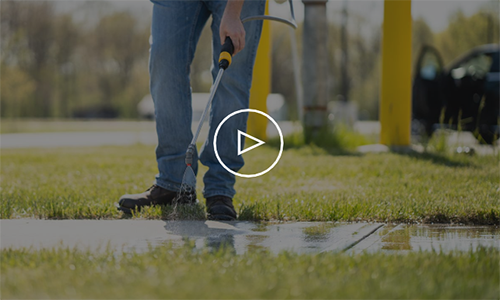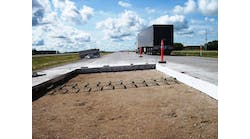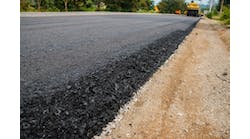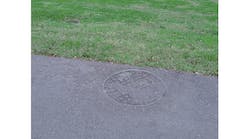Recent climate events have impacted infrastructure in numerous ways: floods affect road systems, extreme heat damages rail lines and airport runways, and hurricanes and tornadoes overwhelm coastlines.
These climate-related hazards come with a substantial cost—a cost that’s only going to rise if humans keep burning fossil fuels and transforming land from forests into agriculture. The flooding experienced in Ottawa last year provides us with a good example, as the National Capital Commission announced that flood repairs—for bridges, pathways, and shorelines—will cost between $6 million and $10 million CDN. In 2019, the Insurance Bureau of Canada calculated the costs of insured damage due to severe weather at $1.3 billion CDN.
Climate change is expensive, and you can often see the effects around you in the aftermath of weather-related events. But there are also hidden costs. What can you do about the damage that’s not easily seen?
Municipalities need to be aware of damage that lurks beneath the surface, on roads and pavement. An increase in rainfall causes pavement flooding and higher levels of groundwater, which could result in the pavement losing strength and load-bearing capacity.
I have worked on projects that address these hidden issues. Here is how you can spot the concealed damage using statistical techniques and data collection, which can lead to successful pavement treatment as you build a more resilient infrastructure.
Watch for undetected damage
The implications of undetected damage can be huge. Flooding can cause saturation below the surface, and that can create subsurface voids, which may result in dangerous pavement failures. Insurance companies may only pay for what they can see—or what you can prove.
Likewise, if a municipality only fixes surface damage, it could be in for a surprise in a few years when a road fails early, for example. By spending a little more money now, roads will last longer and municipalities can file successful insurance claims if the roads fail later.
So that’s why our team has developed a methodology to assess damage below the surface following major weather events. We use a statistical technique called frequency matching, combined with a customized design of experiment (DOE). Here’s how it works: Essentially, we randomly sample a predetermined (calculated) quantity of a municipal pavement network while also considering the geographic distribution. We want to collect data from across the entire network and from each neighborhood.
Based on this sample, we develop a DOE based on the attributes of our sample network. Attributes such as pavement type, functional class (local, collector, or arterial roads), and soil type can all be summarized and split into attribute groups.
Data from the sample network is then collected to assess the functional and structural performance of the roads. Functional performance is measured using ride quality and quantity—the smoothness or bumpiness of the roads—and the extent of surface distresses (e.g., cracking). Structural performance is based solely on the roads’ structural capacity (e.g., in-situ strength, which means the strength of the road in real life at specific points). It is critical to evaluate both, as these performance indices are key when developing an appropriate maintenance, rehabilitation, or reconstruction treatment for a typical pavement.
Usually, road assessments are performed by drilling deep boreholes to analyze layers in the pavement. But we can elevate our analysis by combining techniques and using nondestructive data-collection equipment to come up with conclusions. It’s about taking the analysis to the next level.
Successes in New Orleans & Calgary
To see this technique in action, I’d like to tell you about my team’s experience in New Orleans following Hurricane Katrina. While working with the city, we collected data on more than 310 miles of the city’s pavement network. This data was used to evaluate the functional and structural performance of roads that were flooded during the hurricane. Through our statistical analysis, we were able to show—at a 95% confidence level—that the roads within the city had lost structural capacity as a result of the natural disaster, which was equivalent to losing approximately 3 in. of asphalt across the entire network.
The city received $2 billion from the Federal Emergency Management Agency to fix the hidden damage.
We’ve also done similar work for the city of Calgary following a June 2013 flood. In that flood, water overtopped the banks on the Elbow and Bow rivers and led to as much as $6 billion in losses and property damage across Alberta.
We applied the same methodology as in New Orleans but on a smaller scale, since the affected area was not as large as New Orleans. The city of Calgary received an in-depth assessment of the damage to its pavement network after the flood, which helped to strengthen requests for funding.
Dangerous impacts
If you suspect your municipality has undetected damage, you need to evaluate the long-term impacts. Repairing heavy structural damage will affect your bottom line at some point, and it’ll disrupt your ability to budget for infrastructure life-cycles.
Safety-wise, it is important to consider the potential for future damage or, worse, loss of life.
In the end, road networks are billion-dollar assets. These networks connect us to family, friends, employment, services, entertainment, and more. They need to be protected and repaired.
As climate change continues to impact our world, municipalities will need to know what’s happening under the surface if they want to preserve their infrastructure.


